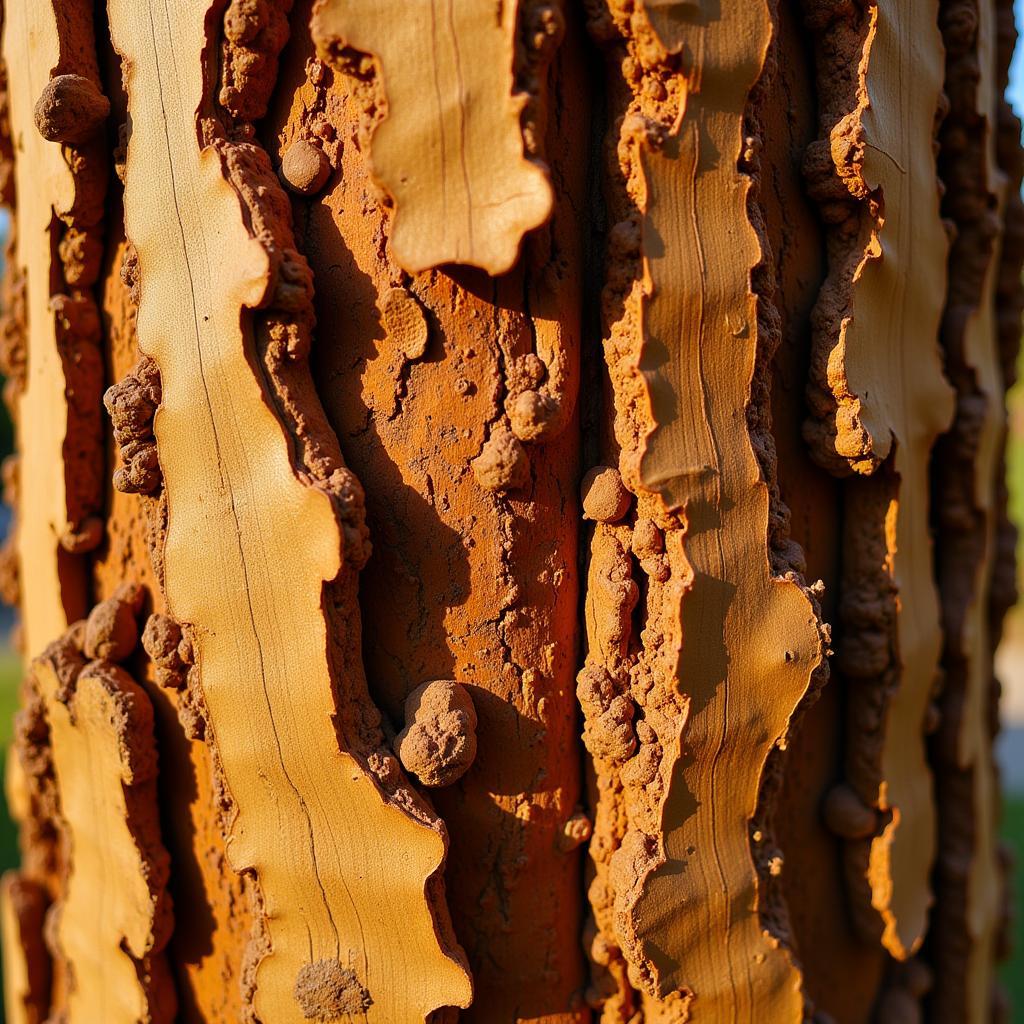Achieving High African Tall Maize Yield Per Acre
African Tall Maize Yield Per Acre is a crucial factor for food security and economic stability across the continent. Understanding the factors influencing maize production, and implementing best practices, can significantly increase yields and contribute to a more prosperous future for African farmers. This article delves into the strategies and techniques that can help maximize maize production in Africa.
Understanding the Factors Affecting African Tall Maize Yield Per Acre
Several key factors influence the yield of tall maize varieties in Africa. These include genetics, soil health, climate conditions, pest and disease management, and agronomic practices. Selecting the right maize variety adapted to specific local conditions is the first step towards achieving higher yields. Soil fertility plays a vital role, as maize requires adequate nutrients for optimal growth. Rainfall patterns and temperature also significantly impact maize development. Effectively managing pests and diseases, along with implementing appropriate agronomic practices like proper spacing and fertilization, are crucial for maximizing yields.
Choosing the Right Maize Variety
Selecting a high-yielding, disease-resistant, and drought-tolerant maize variety is essential. Farmers should consider factors such as maturity period, adaptability to local climate, and resistance to common pests and diseases prevalent in their region. Consulting with agricultural experts and local extension services can provide valuable guidance in choosing the most suitable variety.
Soil Health and Nutrient Management
Maize requires a fertile soil rich in essential nutrients. Soil testing is crucial to determine nutrient deficiencies and guide fertilization strategies. Implementing sustainable soil management practices such as crop rotation, cover cropping, and composting can improve soil health and enhance nutrient availability.
Water Management and Irrigation
Water is a critical factor for maize growth, especially during critical stages like flowering and grain filling. Implementing efficient irrigation techniques, such as drip irrigation or sprinkler systems, can ensure adequate water supply and maximize yields, particularly in drier regions. Rainwater harvesting and conservation methods can also supplement irrigation and improve water availability.
Pest and Disease Management
Pests and diseases can significantly reduce maize yields. Implementing integrated pest management strategies, including biological control, crop rotation, and the judicious use of pesticides, can effectively manage pest populations. Similarly, selecting disease-resistant varieties and practicing good sanitation can minimize disease outbreaks.
Optimizing Agronomic Practices
Proper planting techniques, including optimal spacing and planting depth, are crucial for maximizing yield potential. Timely weeding and appropriate fertilizer application are also essential for healthy maize growth and high yields.
Maximizing African Tall Maize Yield Per Acre: Best Practices
Adopting best practices throughout the maize growing season can significantly impact yield per acre. These practices include timely planting, optimized fertilizer application, effective weed control, and appropriate harvesting techniques.
Expert Insights on Achieving High Yields
Dr. Amina Hassan, a renowned agricultural scientist specializing in maize production in East Africa, emphasizes the importance of integrated pest management. “By adopting a holistic approach to pest control, farmers can minimize crop losses and enhance yields sustainably,” says Dr. Hassan.
Mr. Kofi Mensah, an experienced agricultural extension officer in Ghana, highlights the significance of soil health. “Investing in soil health through sustainable practices is a long-term investment in higher maize yields,” he advises.
Conclusion
Achieving high african tall maize yield per acre requires a multi-pronged approach encompassing careful variety selection, soil health management, efficient water use, effective pest and disease control, and optimized agronomic practices. By implementing these strategies, African farmers can significantly increase maize production, contributing to food security and economic growth across the continent.
FAQ
- What are the best tall maize varieties for African climates?
- How can I improve soil fertility for maize production?
- What are the most effective pest and disease management strategies for maize?
- What are the optimal planting and spacing recommendations for tall maize?
- How can I improve water management for maize in dry regions?
- What are the key factors affecting maize yield per acre?
- How can I access agricultural extension services in my area?
Need assistance? Contact us 24/7: Phone: +255768904061, Email: [email protected], Address: Mbarali DC Mawindi, Kangaga, Tanzania.

